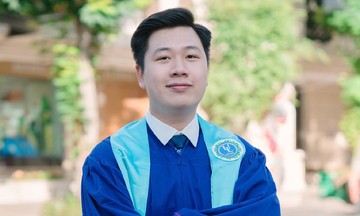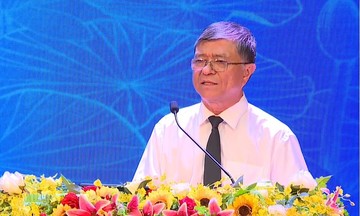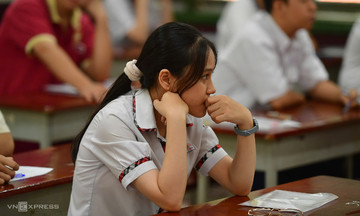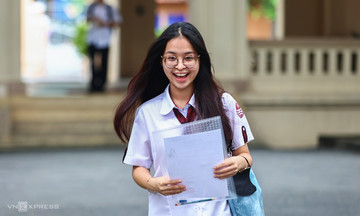The high school graduation exam for the 2018 general education program includes two compulsory subjects: math and literature. In addition, candidates choose two of the following subjects: chemistry, physics, biology, geography, history, economics and law, computer science, technology, and foreign languages (English, German, Russian, Japanese, French, Chinese, and Korean).
Except for literature, which is an essay-based exam, the remaining subjects are multiple-choice with three sections, instead of just one type of answer selection like in previous years.
Section I consists of questions with 4 options, requiring candidates to choose one correct answer. Candidates receive 0.25 points for each correct answer.
Section II consists of true/false questions. Candidates receive 0.1 points for one correct answer, 0.25 points for two correct answers, 0.5 points for three correct answers, and 1 point for four correct answers.
Section III consists of short-answer questions, requiring candidates to fill in the answers. For math, each correct answer earns candidates 0.5 points; for other subjects, it's 0.25 points.
The maximum total score for the multiple-choice exam is 10. The exam duration and the number of questions in each section vary by subject.
With the changes above, the multiple-choice answer sheet has also changed. The sheet candidates will receive is as follows:
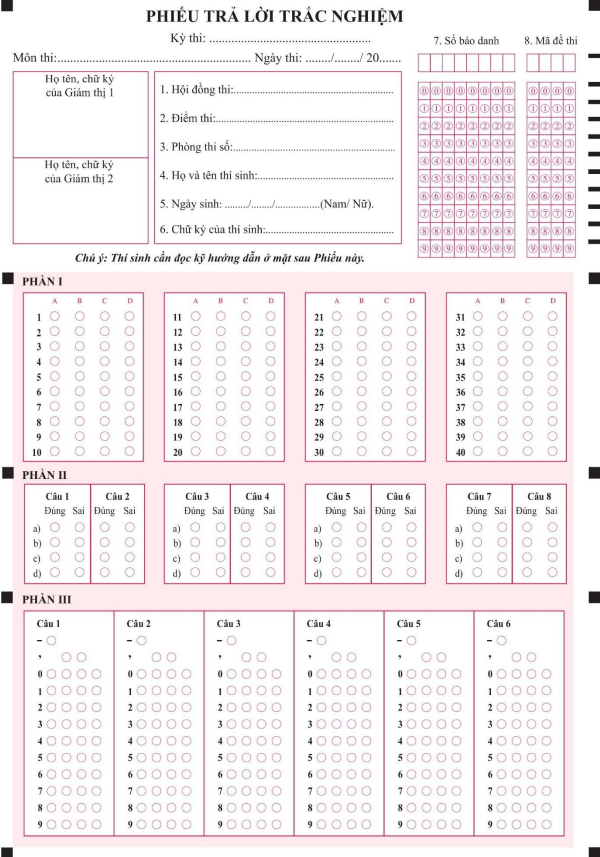 |
High school graduation exam candidates in 2024 in Ho Chi Minh City. Photo: Thanh Tung |
Candidates should keep the answer sheet flat, unsoiled, unwrinkled, and untorn during the exam.
Candidates must fill in all information clearly and completely from sections 1 to 8. For the candidate number and exam code sections, candidates must write the numbers in the blank boxes and fill in the corresponding bubbles below each number.
For the first answer section (Section I), candidates fill in only one answer: A, B, C, or D for the corresponding question.
In Section II, candidates fill in the bubble corresponding to the true or false answer for each item within each question.
For Section III, candidates fill in the bubbles from left to right and leave the rightmost bubble blank if not needed. For example, if the answer is "1,5", candidates leave the negative sign (-) bubble in the first row blank, fill in the number 1 in the first column, the comma (,) in the second column, the number 5 in the third column, and leave the fourth column blank for that question.
Video on how to fill out the multiple-choice answer sheet, according to the Ministry of Education and Training's instructions:
When taking the multiple-choice exam, candidates should check the exam paper to ensure it has the correct number of questions and pages as indicated, that all pages have the same exam code, and that there are no blurred or smudged areas. If there are any issues, candidates must immediately notify the proctor, no later than 5 minutes after the exam starts.
When filling out the answer sheet, candidates must use a #2 pencil. If a mistake is made or the answer needs to be changed, candidates must completely erase the old mark before filling in the new choice.
Candidates are not allowed to leave the exam room during the multiple-choice exam. When the time is up, candidates must submit their answer sheets to the proctor and sign two exam collection sheets.
Candidates may only leave the exam room after the proctor has collected all the answer sheets and given permission to leave.
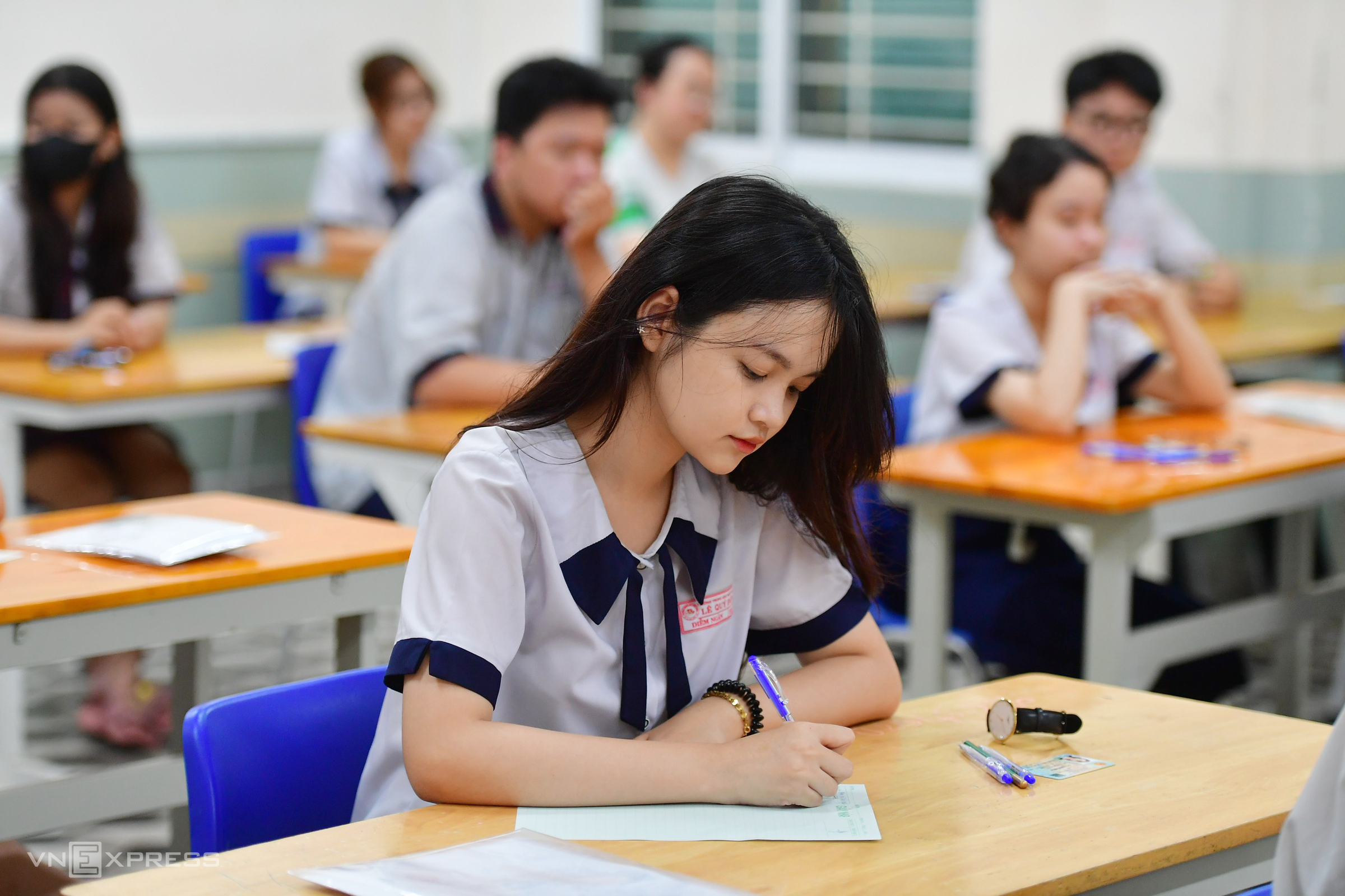 |
The high school graduation exam took place on 26-27/6 with over 1.16 million candidates, an increase of nearly 100,000 compared to last year. The exam included students following both the 2018 and 2006 general education programs, with different numbers of subjects and different exam papers. Nearly 1.14 million candidates took the exam under the new program.
High school graduation exam scores will be announced on 16/7. Last year, about 99.4% of over one million candidates passed the graduation exam, the highest rate since 2015.
Most universities use high school graduation exam scores for admissions. Of the nearly 615,000 students admitted to universities in 2024, over 52% applied using this method.
Duong Tam



